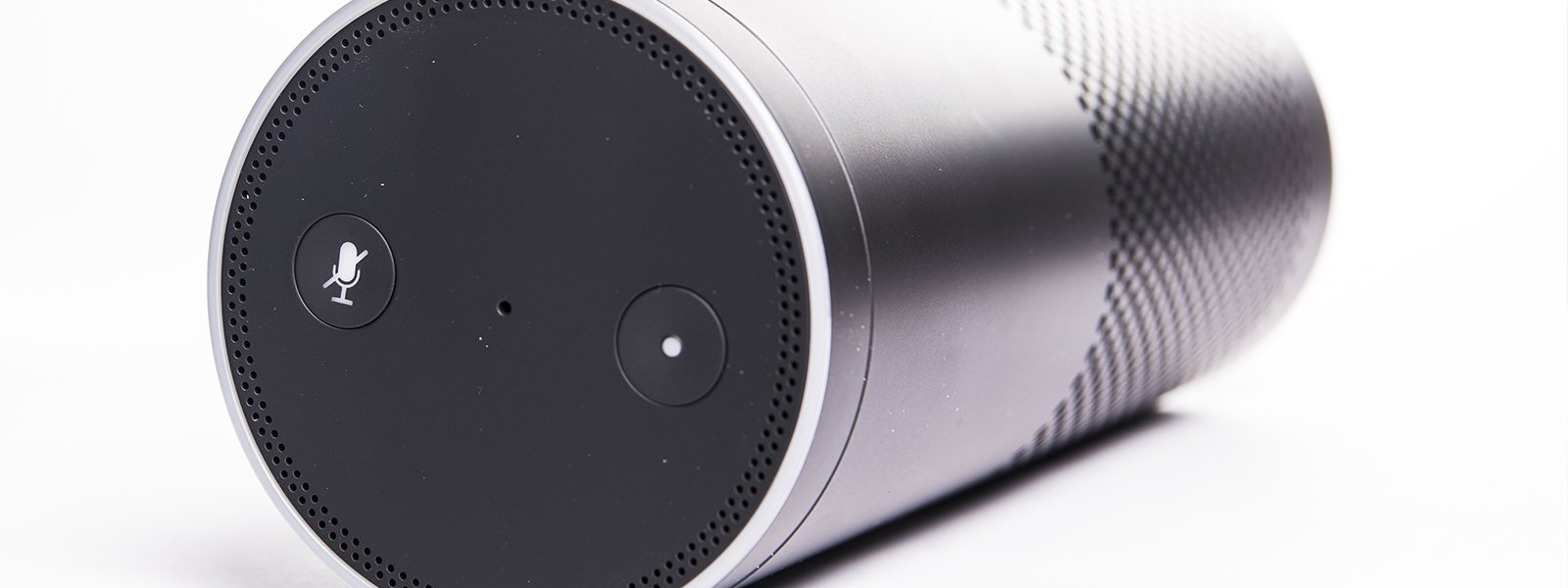Voice is now the word of the moment. Confirming this growing interest is the diffusion of Smart Speakers and the use of various Virtual Assistants. If the user felt embarrassed starting a voice interaction with a Virtual Assistant a few months ago, especially in the presence of other people, this barrier has now disappeared.
Talking with your devices has become as common and natural as using a smartphone.
Vidiemme was recently in San Francisco where Giulio Caperdoni, Head of Innovation, was able to participate in conferences and meetings related to Voice. Here are the interesting trends that emerged overseas.
Contextual Virtual Assistant
In the United States it is now a clear concept: the choice that companies must make when they want to implement a Virtual Assistant must not be between a vocal or a textual one. In fact, the context of use will increasingly determine the interaction mode.
The context is the factor that determines the interface (vocal, textual or hybrid) and the dialogue of a Virtual Assistant.
An example is what Google demonstrated at the last I/O 2019: Duplex, a Google Assistant function presented at the 2018 I/O, has evolved rapidly in one year. The interaction has gone from being entirely vocal to also having a visual support.
Voice First, therefore, but often with a visual support to guarantee a better User Experience.
Smart Speakers as a Training Device
The role that Smart Speakers have played in the Voice world has been crucial. They have in fact allowed people to get closer to this technology, and above all to let it become part of their daily lives.
Users have understood how much more natural and easy this type of interaction is, and they interact vocally even with their smartphones.
Smart Speakers or Virtual Assistants?
The release of Smart Speakers and Virtual Assistants on numerous markets is bringing out another trend.
If Amazon is dominating Smart Speaker sales, Google is aware it has its operating system installed on numerous devices and is increasingly focusing on voice interaction within applications. This road will probably also be the one that Apple will undertake, especially given the delay it has accumulated in entering the Smart Speaker market.
So, the various big names in technology, and others, are implementing various strategies in the Voice field, and it will be interesting to see which will prove to be the winning one.
Other Voice Trends from overseas
In San Francisco, Vidiemme was also able to see other trends that are emerging and that will probably also soon appear in our market.
The Voice experience, for example, is becoming increasingly popular in the automotive sector with the diffusion of Voice Assistants, not just as driver support. Thanks to them, a whole new on-board entertainment role is now feasible, something that was once entrusted to radio.
In addition to the automotive sector, that of wearables is also increasingly entering into the Voice sector, thanks for example to the so-called Hearables or smart earphones.
Another interesting trend is the possibility of creating customized flash briefings. This feature makes it possible to bring the Millennial generation closer to the now-lost concept of radio news.
Among all these trends there is one certainty: Voice represents a unique opportunity for companies, that they must not miss out on.
Giving a personalized voice to your Virtual Assistant, which reflects the tone of voice and the values of the Company, allows a natural and two-way interaction with consumers.
What will probably happen is that over time the user will automatically associate a specific sound and voice with a specific Brand. A unique and characteristic element, just as a logo is visually.
Companies that are not planning a Voice strategy in the coming months are at great risk of remaining mute, in a world where everyone will be talking.


